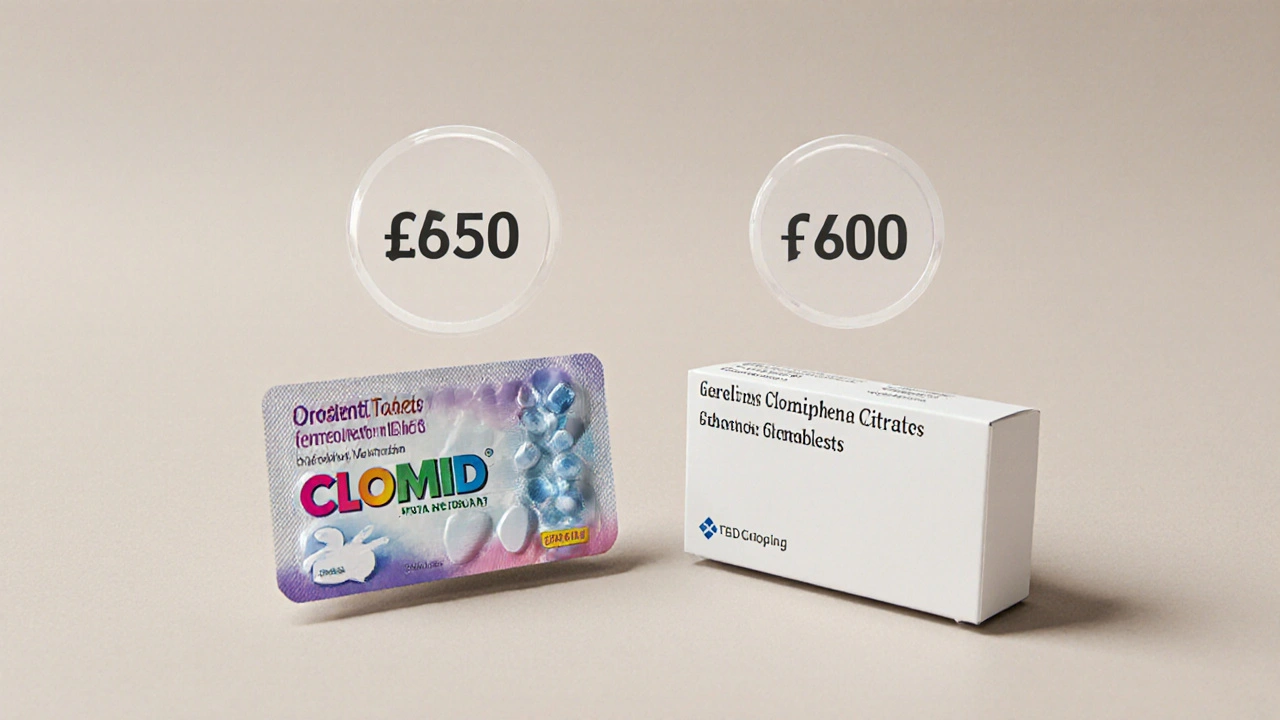Clomiphene Citrate: Your Guide to Fertility and Hormone Therapy
When working with clomiphene citrate, a selective estrogen receptor modulator (SERM) that stimulates the release of hormones needed for ovulation. Also known as Clomid, it works by blocking estrogen receptors in the brain, which tricks the body into thinking estrogen levels are low. This triggers the pituitary gland to boost follicle‑stimulating hormone (FSH) and luteinizing hormone (LH), paving the way for Ovulation induction, the process of coaxing the ovaries to release a mature egg. For many women with Polycystic Ovary Syndrome (PCOS), the drug corrects hormonal imbalances that usually prevent ovulation. In assisted‑reproductive settings like In Vitro Fertilization (IVF), clinicians often use clomiphene citrate to enlarge the follicular pool before egg retrieval. These connections show how the central drug ties directly into broader fertility strategies.
How It Works, Dosage Forms, and What to Watch For
Typical treatment starts with a 50 mg tablet taken once daily for five days early in the menstrual cycle, though doctors may adjust the dose based on response. The drug comes in 25 mg and 50 mg tablets, making it easy to tailor the regimen. By increasing FSH and LH, clomiphene citrate encourages the growth of one or more follicles, but the hormonal surge can also cause side effects like hot flashes, mood swings, or visual disturbances. A smaller group of men use the medication off‑label to boost testosterone levels, illustrating its broader endocrine impact. The key is monitoring through ultrasound and blood tests; this feedback loop lets physicians tweak the dose, avoid ovarian hyperstimulation, and improve the odds of a successful pregnancy.
clomiphene citrate has helped millions achieve pregnancy, but it’s not a one‑size‑fits‑all solution. Ideal candidates include women with unexplained infertility, PCOS‑related anovulation, or those preparing for IVF cycles. Patients should discuss their medical history, especially any history of ovarian cysts or thyroid disorders, because these conditions can affect outcomes. In practice, most users see a 60‑80% ovulation rate and a 10‑20% live‑birth rate per cycle when guided by careful monitoring. Below you’ll find articles that dive deeper into dosing strategies, side‑effect management, and real‑world success stories, giving you a complete picture of what to expect when you or a loved one considers this medication.

